
Review on Sony SELP18105G PZ 18 105Mm OSS by Pornthip Muakpung ᠌

Good and quality product, but there are flaws.
The Sony E mount was introduced in 2022. The first cameras in the line were not full-frame Nex-3 and Nex-5 at all. And now, after almost ten years, it is still impossible to buy high-aperture optics with a variable focal length for a Sony camera with an APS-C sensor. At one time, I was attracted to the system by its clear advantages: low weight and dimensions, manufacturability for a moderate fee and, at the same time, uncompromising quality of photos and videos. Yes, the required lenses were missing from the system, but I believed that the most logical step for the company would be to create in the near term something like 18-45 f/2.8, 50-140 f/2.8 and 12-24 f/2.8, which are not would weigh like a cast-iron bridge and would have a price affordable not only to the owners of state corporations. But now, ten years later, it is clear that Sony is developing its full-frame segment, which, in my opinion, is not able to reveal all the advantages of mirrorless cameras, since, for example, the small weight and dimensions of the camera are leveled by invariably gigantic lenses. A system with a cropped matrix, in turn, is especially sensitive to the aperture ratio of lenses, since in order to form the same image as in a full frame, images need to be "collected" per unit time light over a smaller area . You can, of course, take a lens from "older" FE cameras, but this is not rational, because then you have to overpay for a system with lenses that form a "spot", which is much larger than necessary, while you have to transfer the extra mass and volume of the device that is not used completely . Therefore, the current situation is such that for travel or reporting, the Sony 18-105mm f / 4 G is the most suitable, despite all its shortcomings. ate August 28, 2022: It's happened, at least one fast zoom has been announced by Sony!


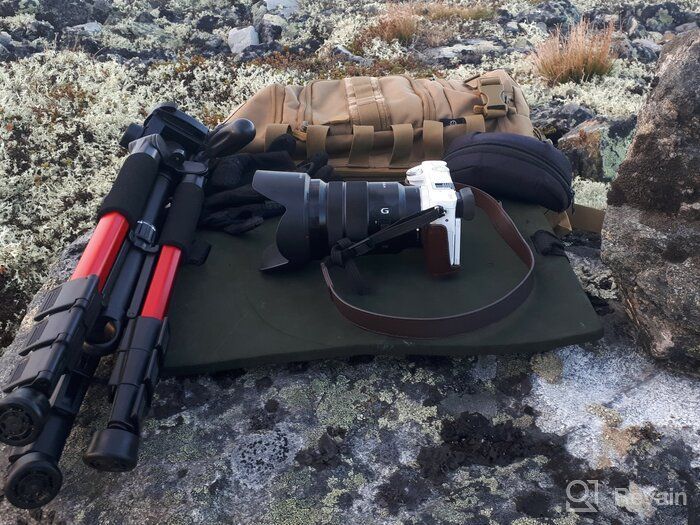
- Of the existing zoom lenses for Sony cameras with APS-C sensors, perhaps the best. The lens has a constant maximum aperture of f / 4, a fairly large range of focal lengths: "from mouse to bear", as hunters say. It is perfectly assembled, has pleasant (albeit uninformative) controls, a separate “rocker” for smooth zooming, gives a decent picture, fully revealing the potential of cropped matrices from Sony, and works almost silently.
- The main drawback, not even of the Sony 18-105mm f/4 G, but of the system, is the complete absence of fast zooms for cameras with crop sensors. This lens is the lesser evil: unlike the Sony Carl Zeiss Vario-Tessar T* E 16-70mm f/4, it has a larger range of focal lengths at the same constant f/4 aperture. Be prepared to constantly return to the 18mm position when using this lens. In a critical situation (reporting or shooting wild animals), this may require you to have additional preparation, and the smoothness of the zoom and the absence of any "mechanical" feedback will not increase your efficiency. You need to know this, you need to get used to it. You will have to foresee the possibility of an interesting plot, while preventing the camera from going into standby mode, which, together with the voracious lens motor, will adversely affect the battery charge. All this must be kept in mind when using this lens.
New products
Comments (9)








Top products in 👓 Lenses
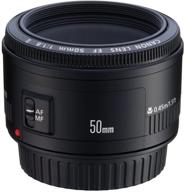
Canon EF 50mm f/1.8 II Fixed Lens - Discontinued by Manufacturer

93 Review
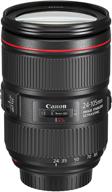
Black Canon EF 24-105mm f/4L IS II USM Lens - Model 1380C002

78 Review
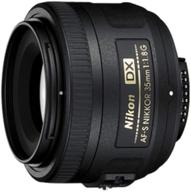
Nikon 35mm f/1.8G Auto Focus Lens for Nikon DSLR Cameras - Black (Model 2183)

125 Review
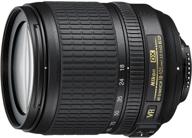
New Nikon 18-105mm Vibration Reduction 📷 Zoom Lens with Auto Focus for Nikon DSLRs

104 Review







